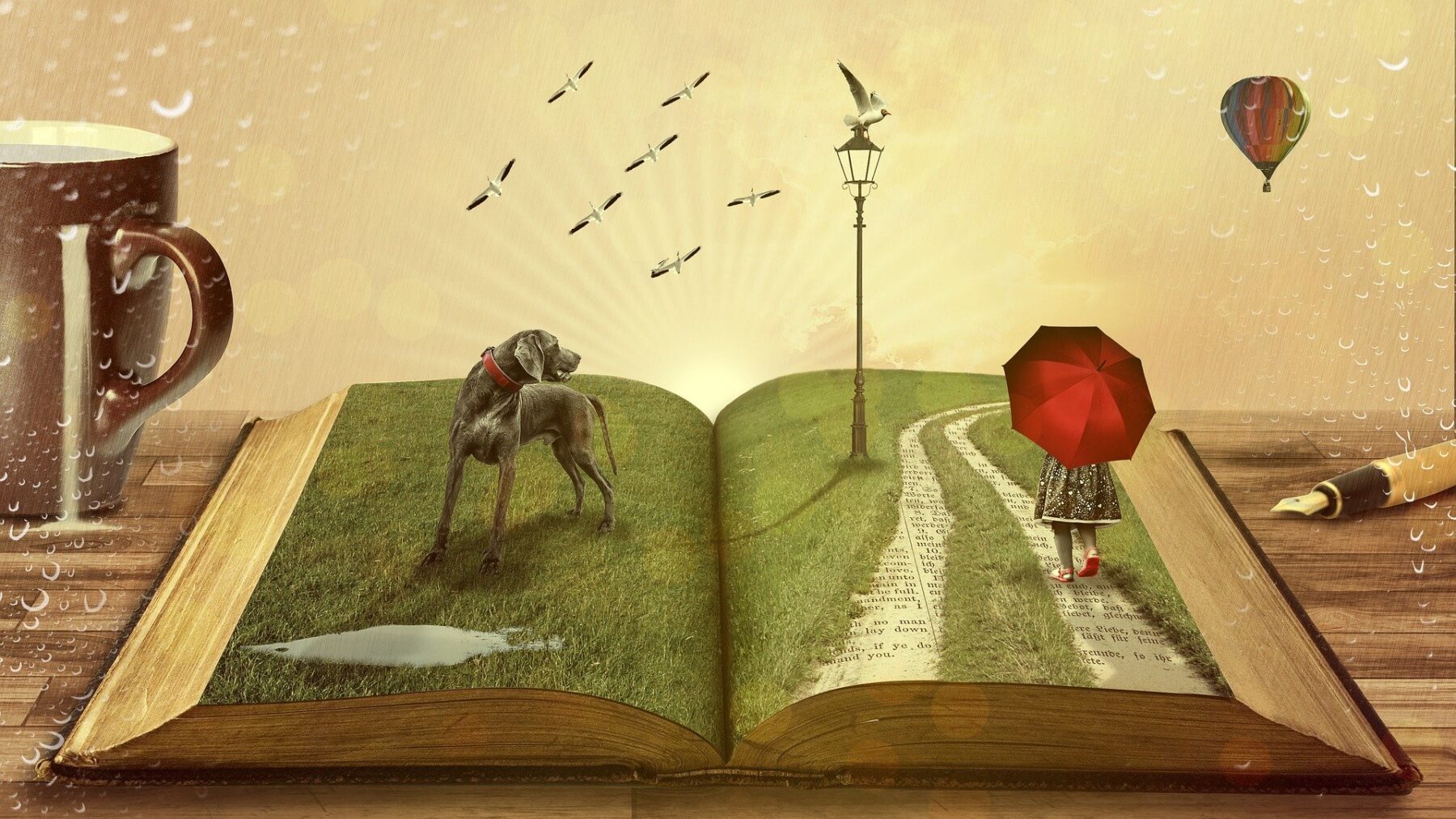I love after-the-apocalypse stories. I always have. As a kid, I was always planning for what I would do after the zombies attacked, after the nuclear warheads fell and it was just me and a rag-tag band of survivors. There is something appealing about the start of a whole new world order, a chance to find a different place for myself, a chance to show just how resourceful I could really be. I am not the only one interested in how the world will end, as evidenced by the thoughtfulness and creativity in Wastelands: Stories of the Apocalypse. This collection of twenty-two stories looks at post-apocalyptic life from all sorts of angles. Some are sad and desperate, others funny, still more are crazy with imagination of what people could become. No matter what your plans for the apocalypse, there is something here that might be useful.
Here’s one of my favorite end-of-the-world scenarios, by the way:
Carniverous plants.“The End of the World as We Know It” by Dale Bailey
The collection starts with Stephen King’s “The End of the Whole Mess” – a story that presents, at least to me, a very plausible end to the world. A couple of scientists trying to help society (by calming it down) end up destroying it. There is such a thing as too calm, after all.
My favorite story of the bunch is “When SysAdmins Ruled the World” by Cory Doctorow. On the night society came crashing down, there was a giant virus – a computer virus that threatened the internet and all of our onlne shopping and banking and email. Thus the SysAdmins were all in their underground cages, laboring over their servers, when the bioweapons came out. Everyone in the world dies – except the computer geeks. What would a society designed and built by computer geeks looks like?
I also loved “The People of Sand and Slag” by Paolo Bacigalupi. In this one, a trio of young people from the future are barely discernable as human: they eat oily sand and chips of metal, the wade through acid pools and they hack off their limbs as a game, then regrow them. What they find out in the valley is going to change their view of the past and the present. Some of you will recognize one of my teasers from last month:
After dinner, we sat around and sharpened Lisa’s skin, implanting blades along her limbs so that she was like a razor from all directions.
“The People of Sand and Slag” by Paolo Bacigalupi
There are other outlooks as well. In “Killers” by Carol Emshwiller, people are fighting the same old battles, and in the end, it comes down to the oldest motives in the book. In “Ginny Sweethips Flying Circus” by Neal Barrett, Jr., the oldest profession (with a twist) is still the easiest way to make a living. In “Inertia” by Nancy Kress, the plague that might wipe out the world might also save it. Each story looks at the end of the world as a brand new beginning.
Back at the house, Wyndham washed up and made himself a drink from the liquor cabinet he found in the kitchen. He’d never been much of a drinker before the world ended, but he didn’t see any reason not to give it a try now.
“The End of the World as We Know It” by Dale Bailey
Order your copy of Wastelands: Stories of the Apocalypse from Amazon.com.


